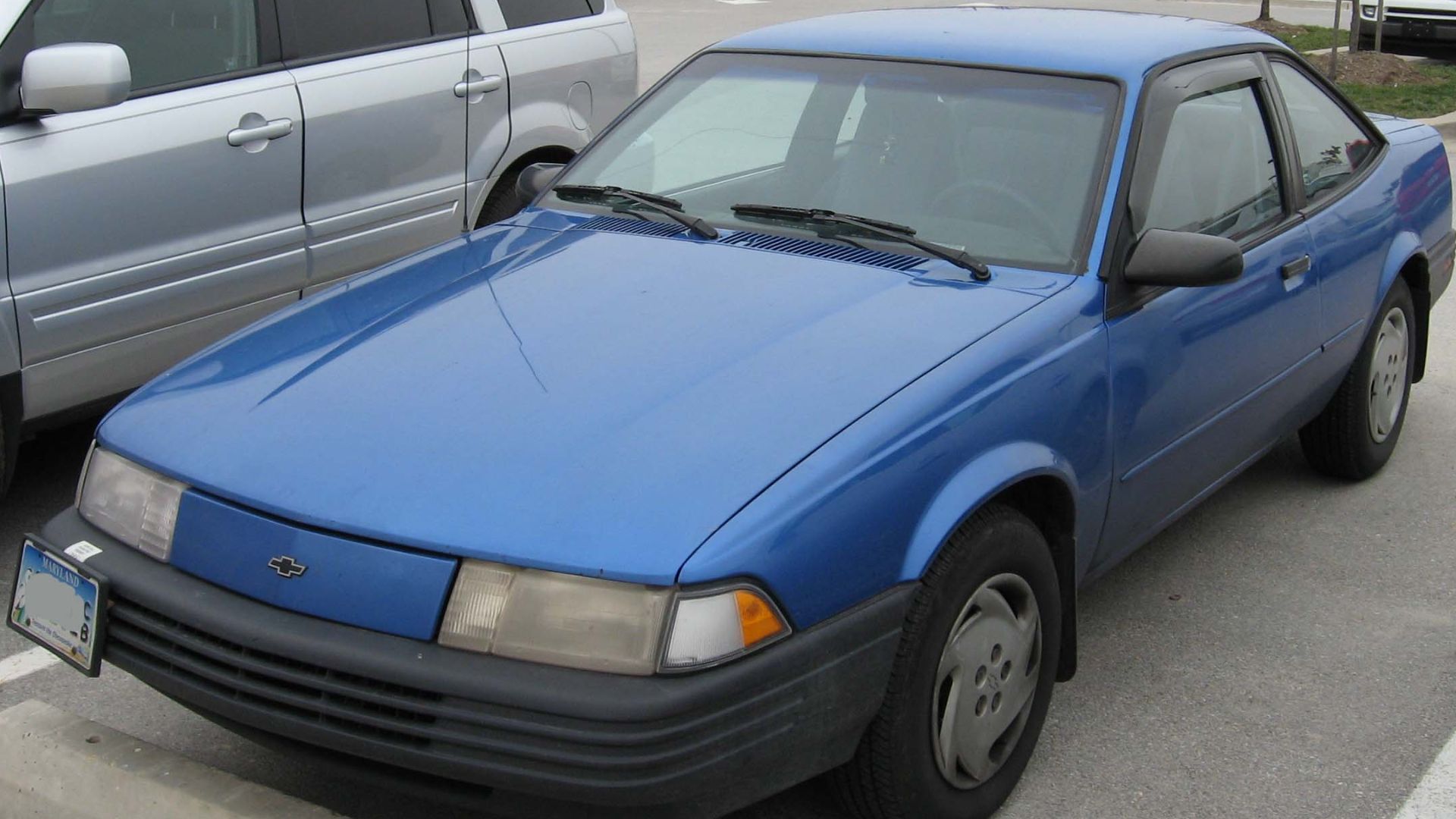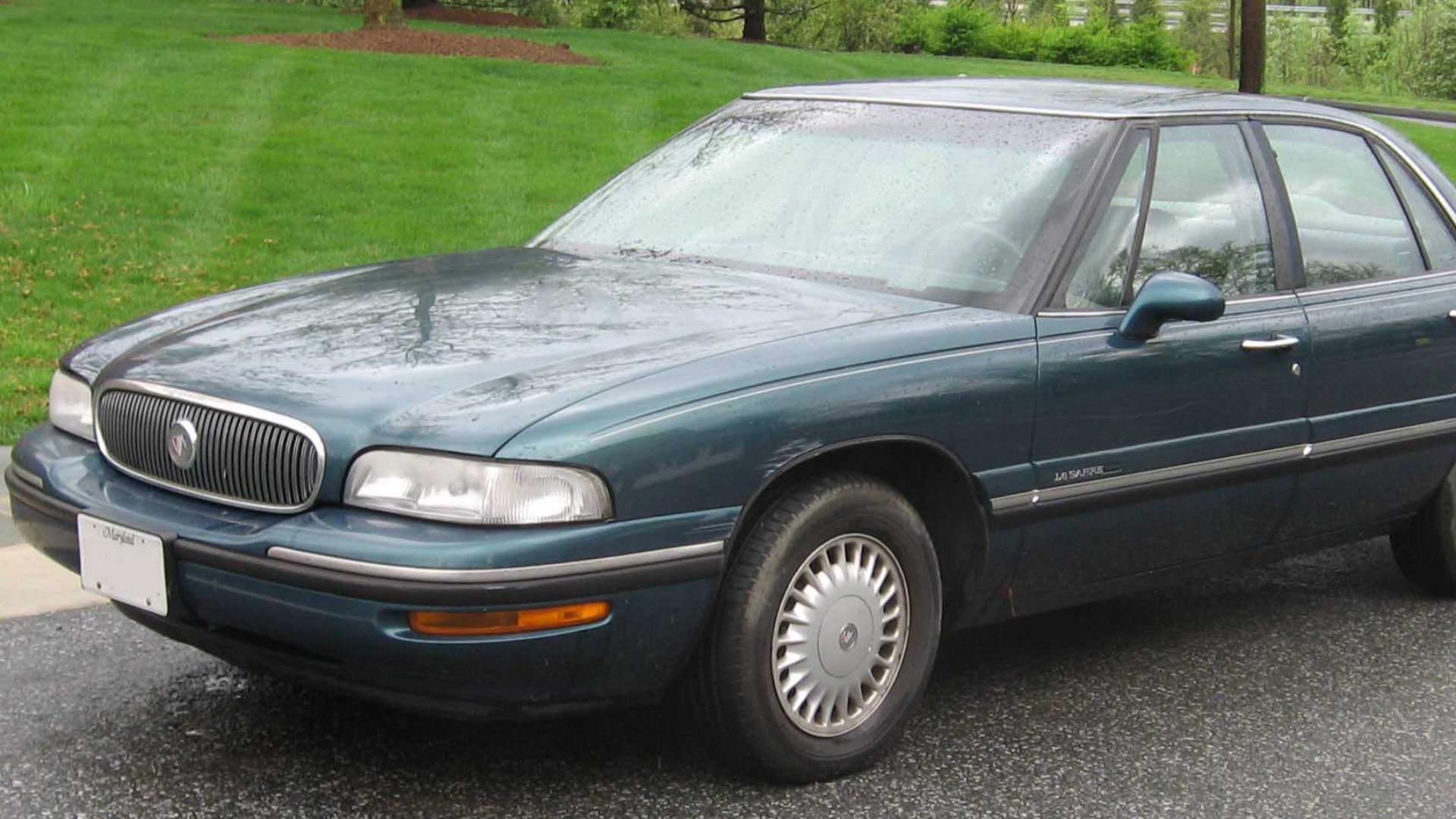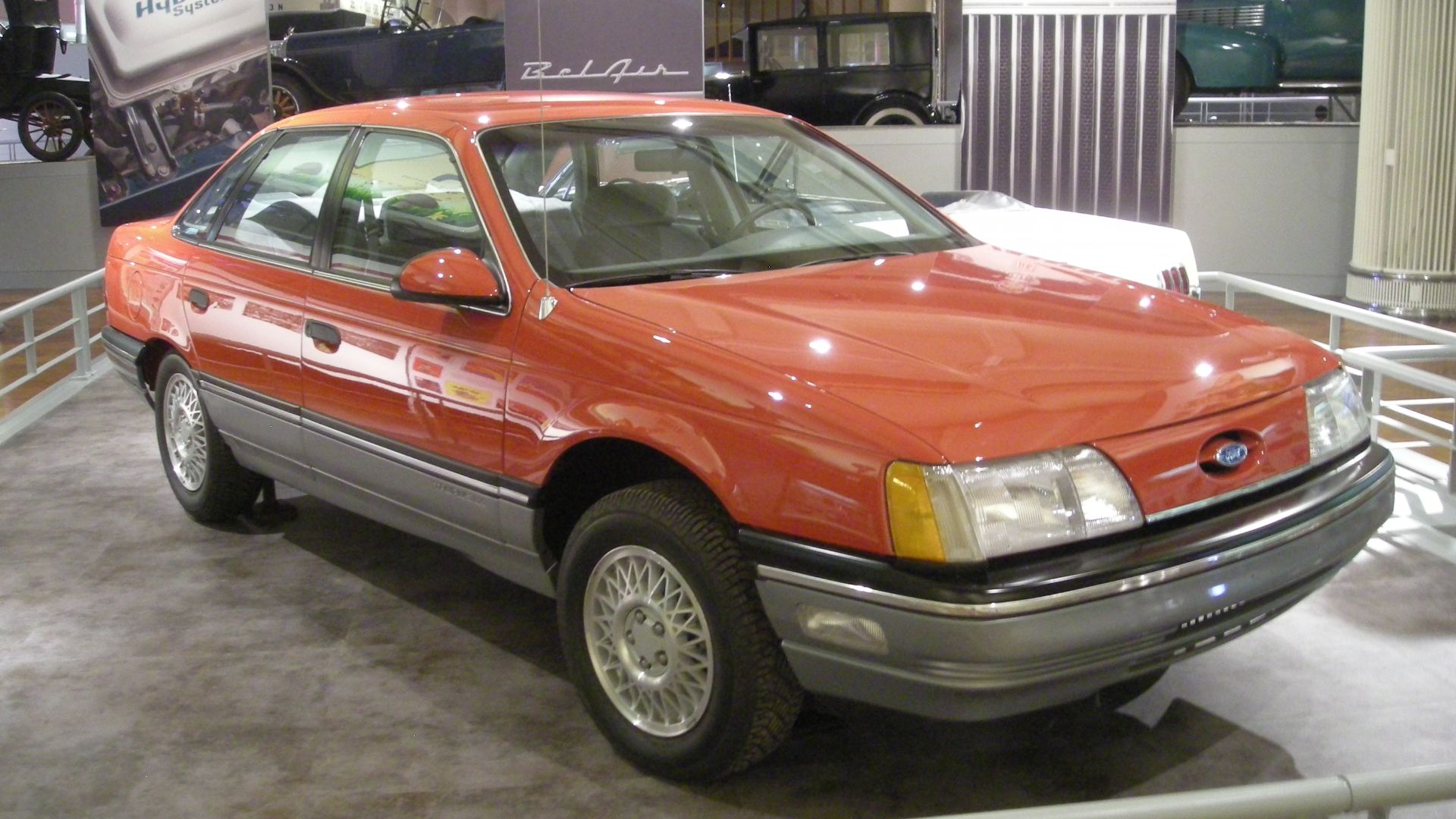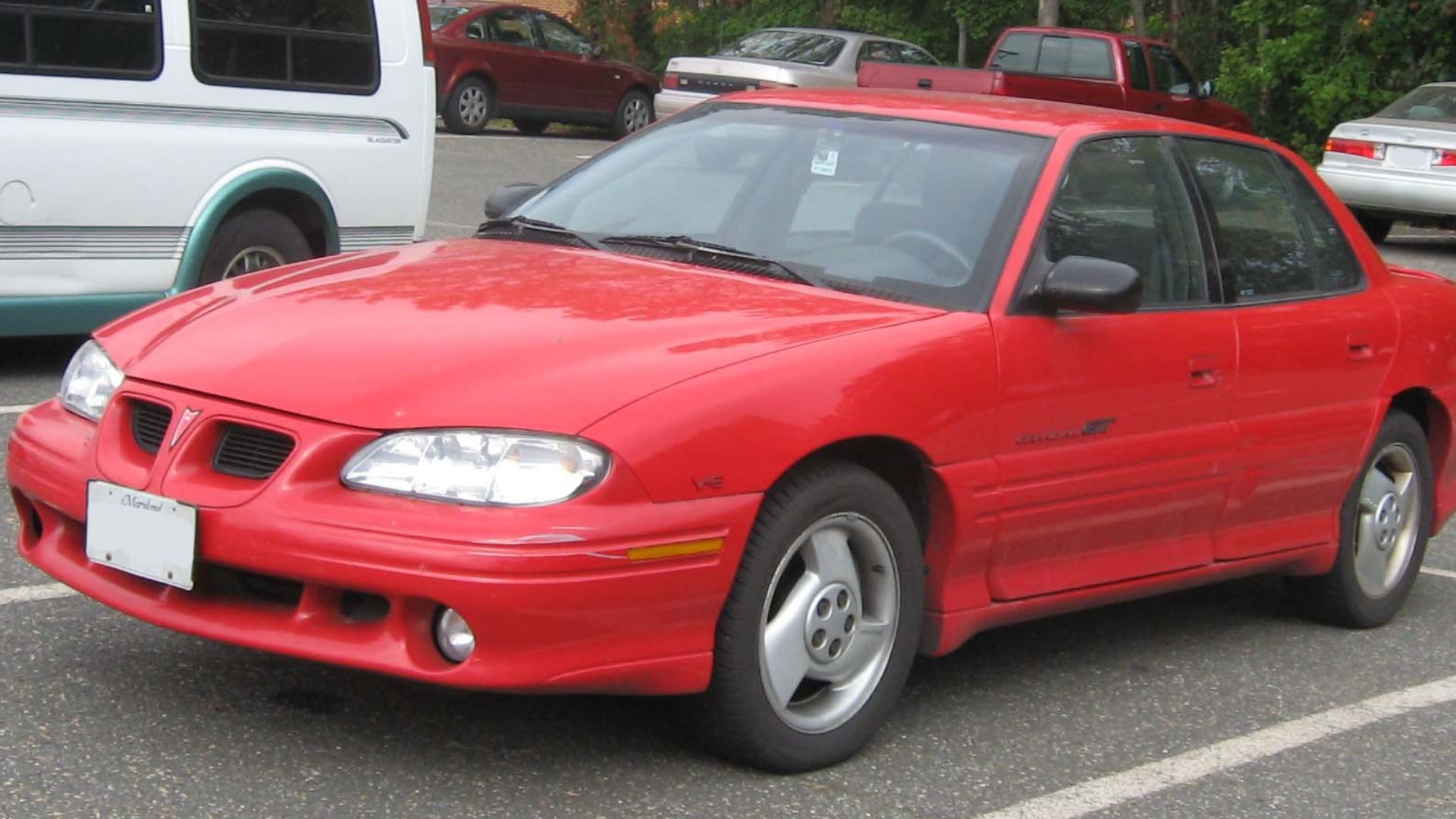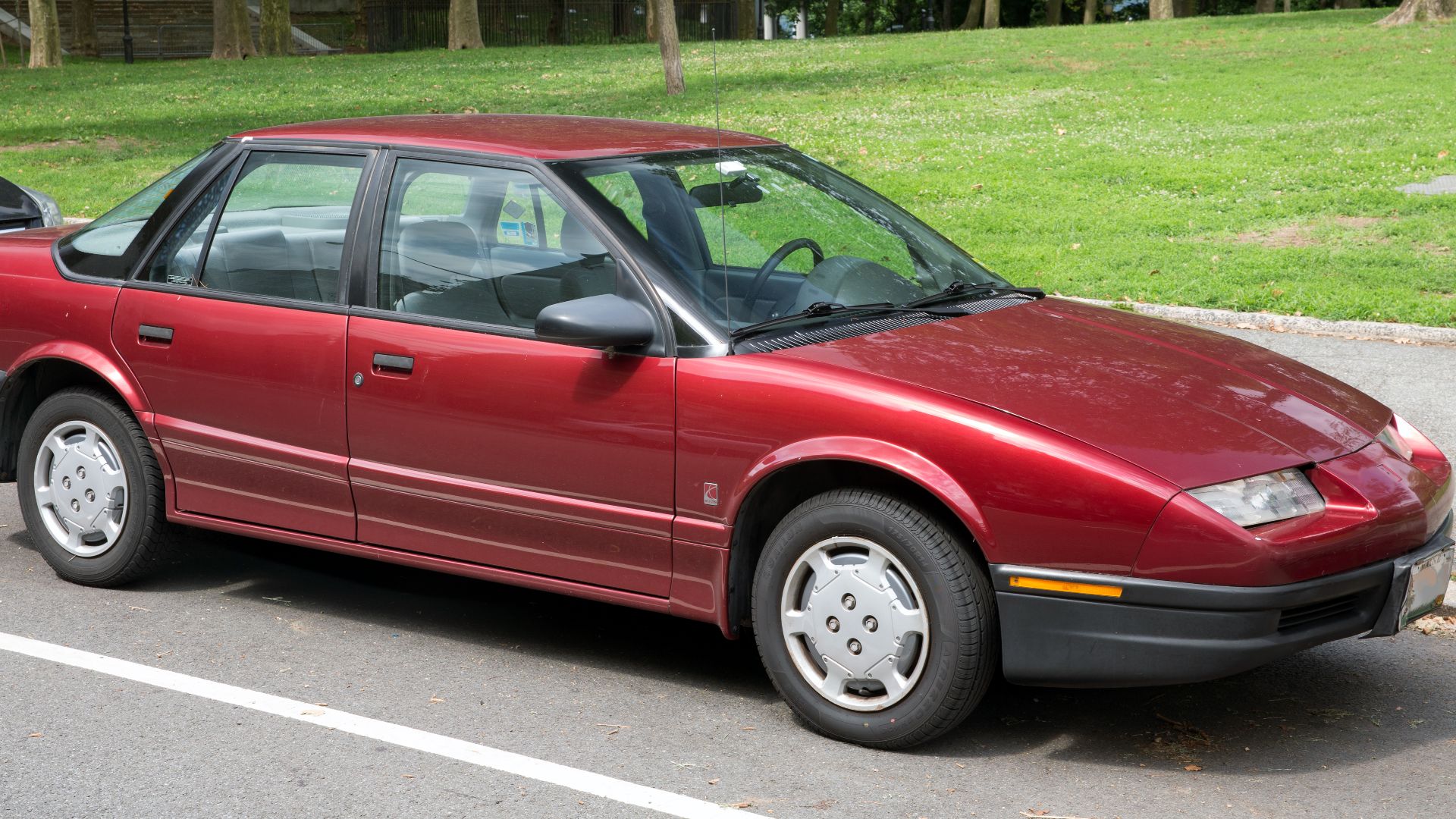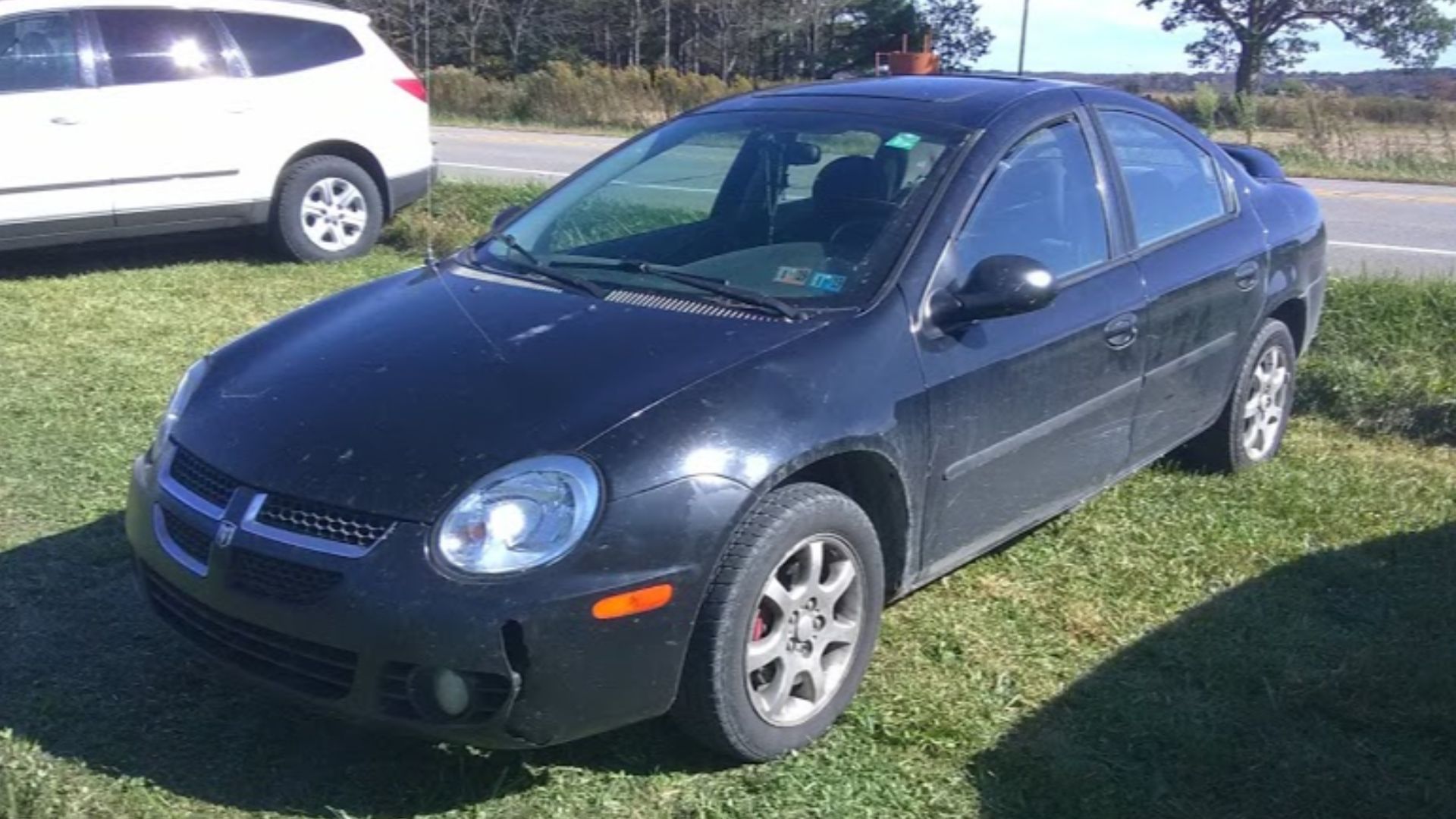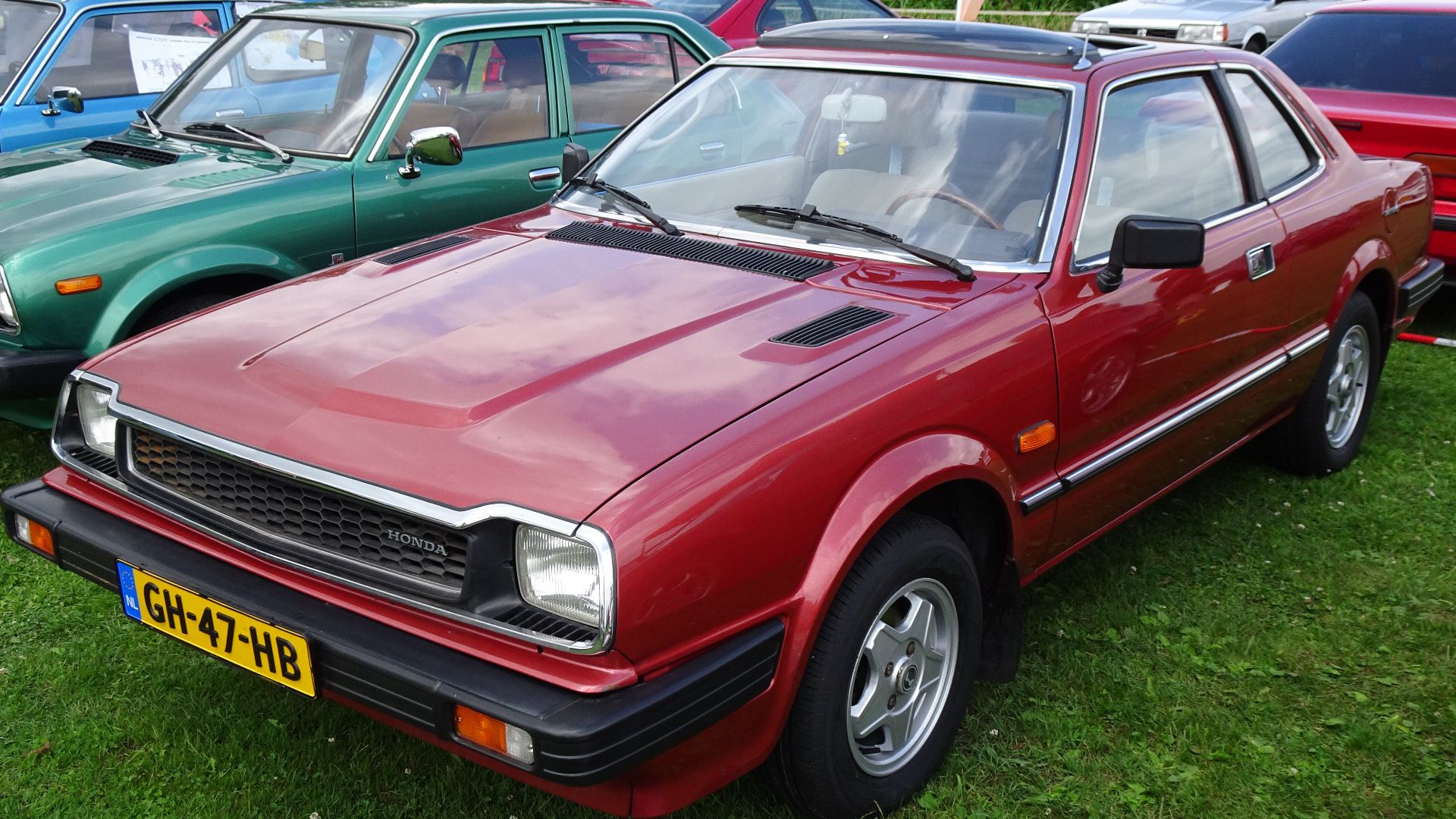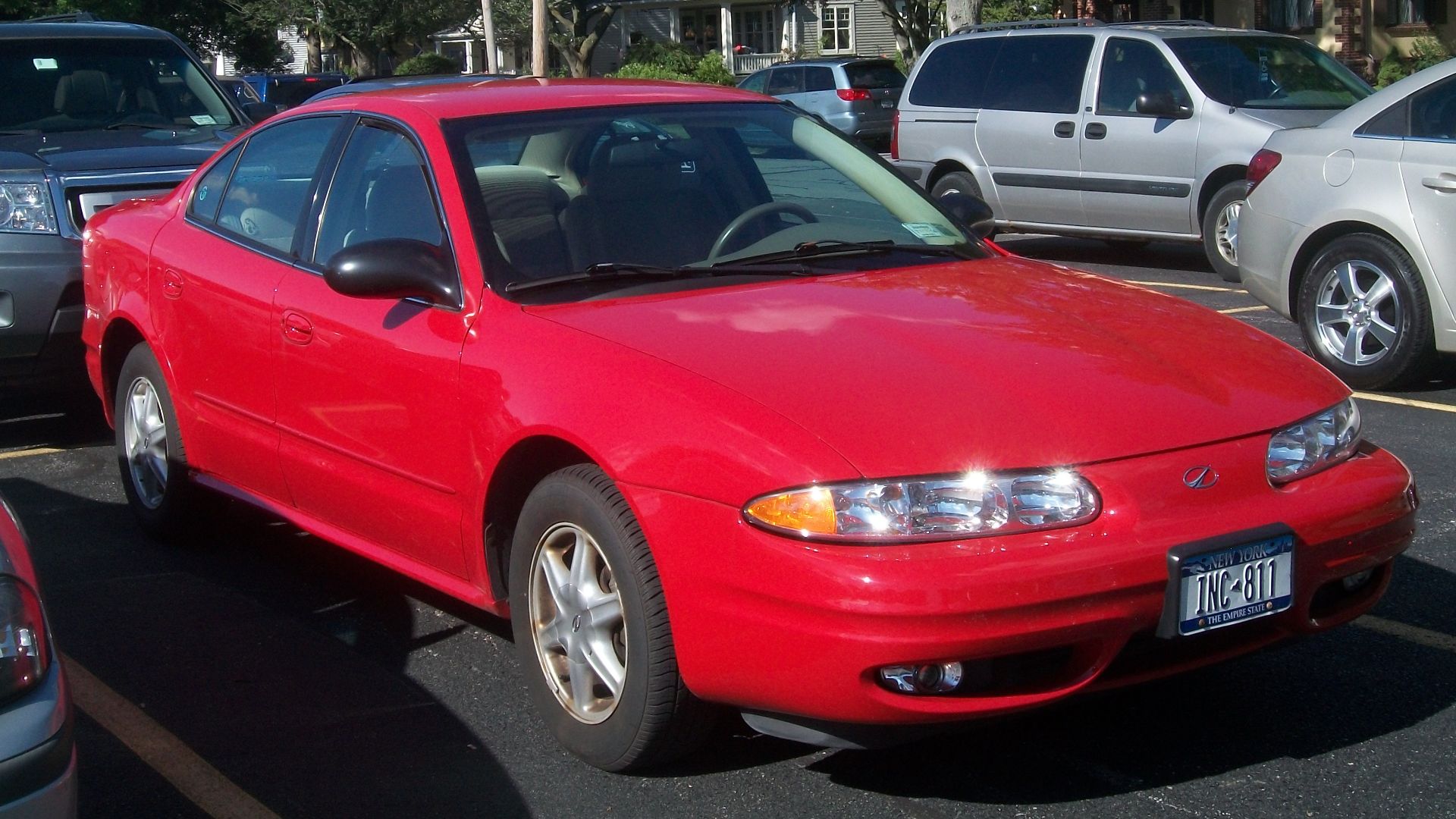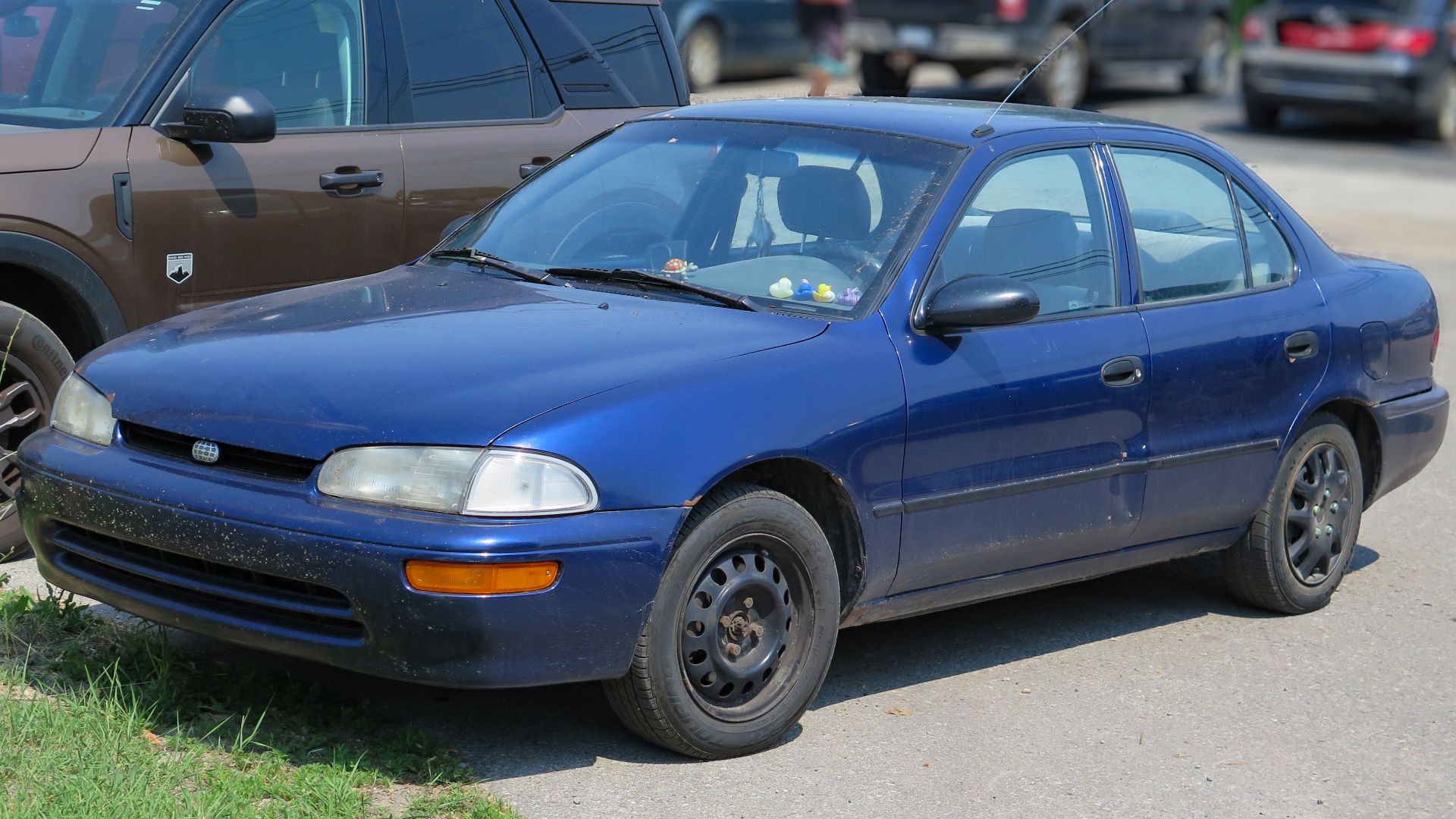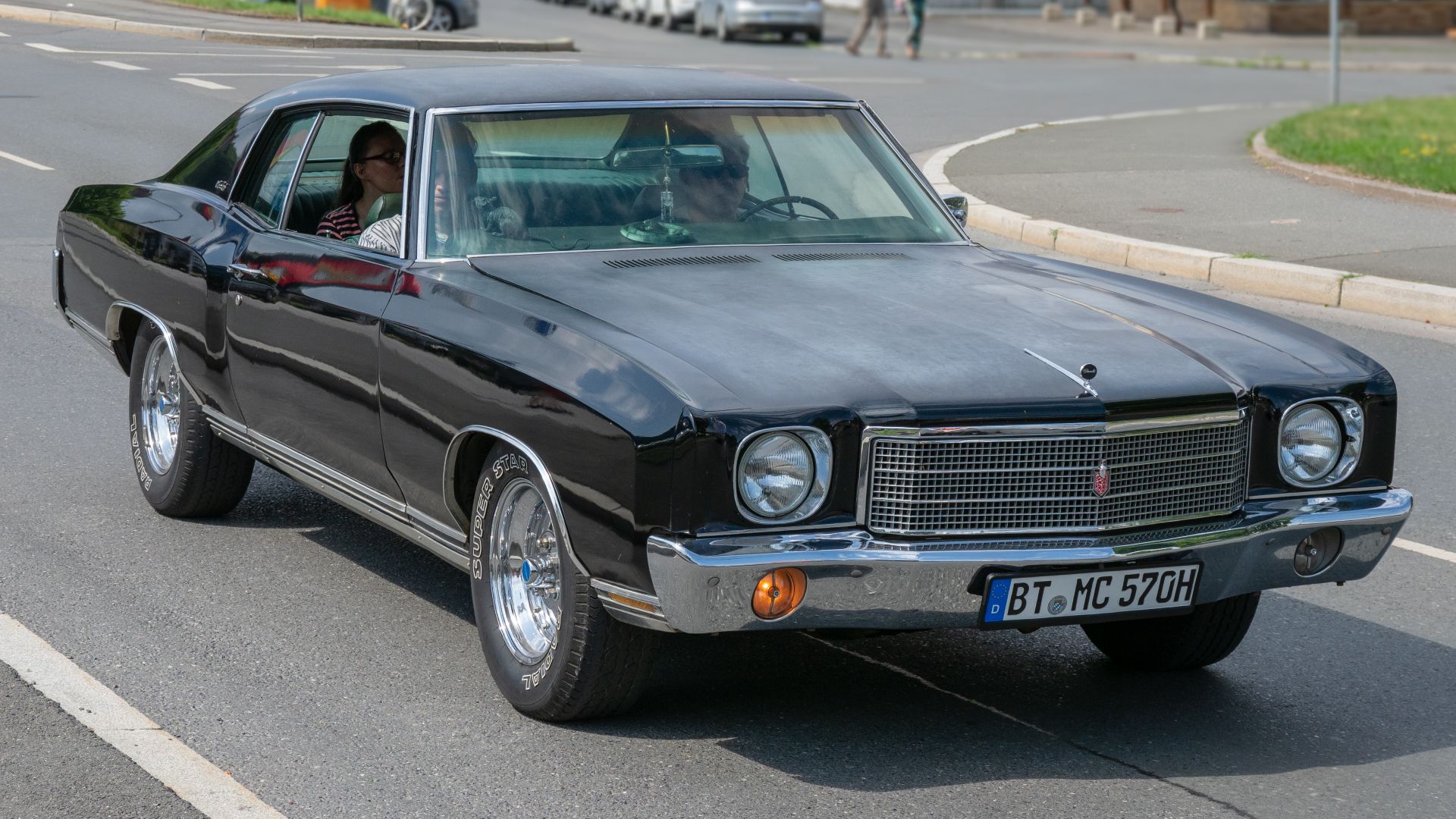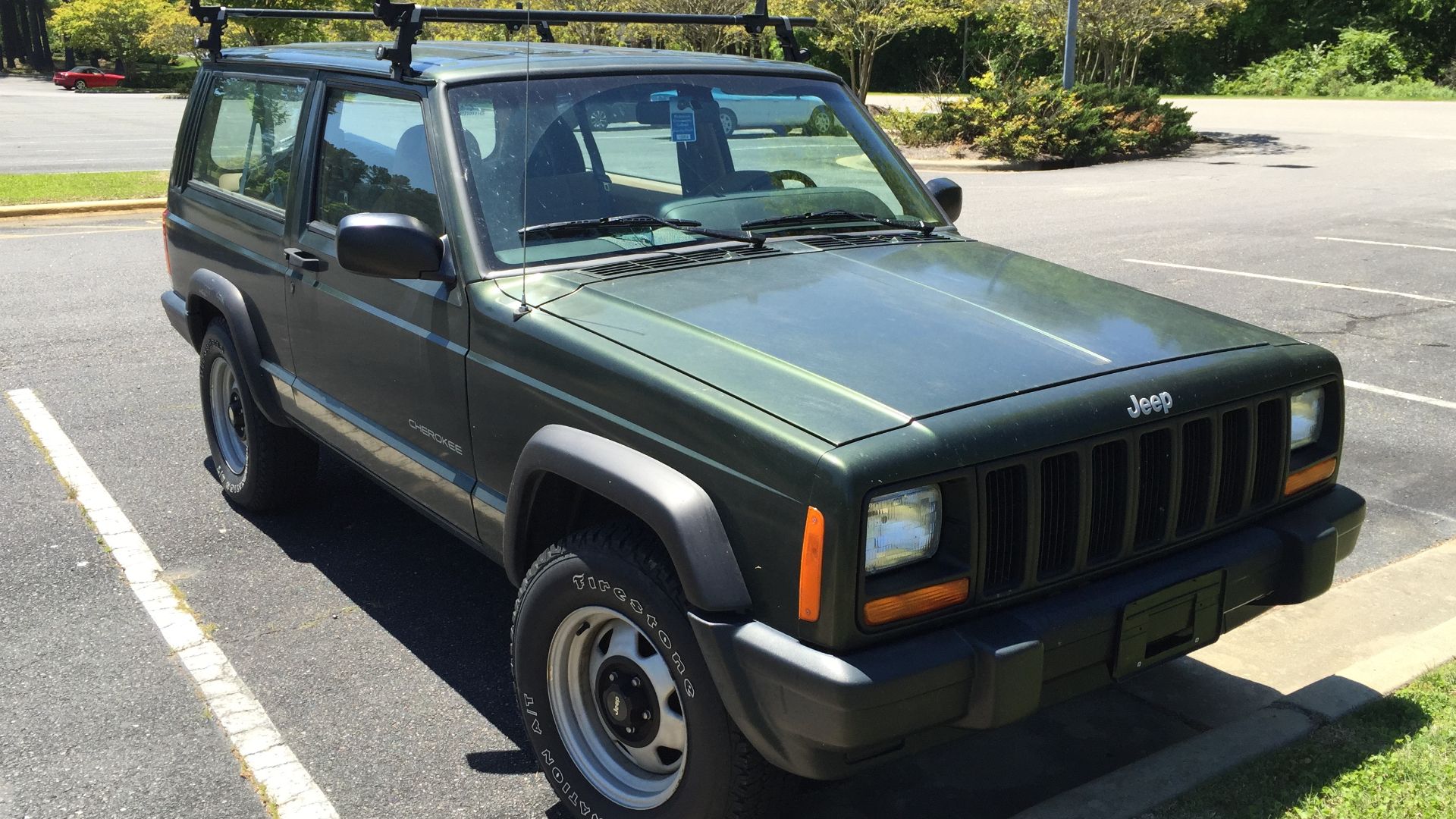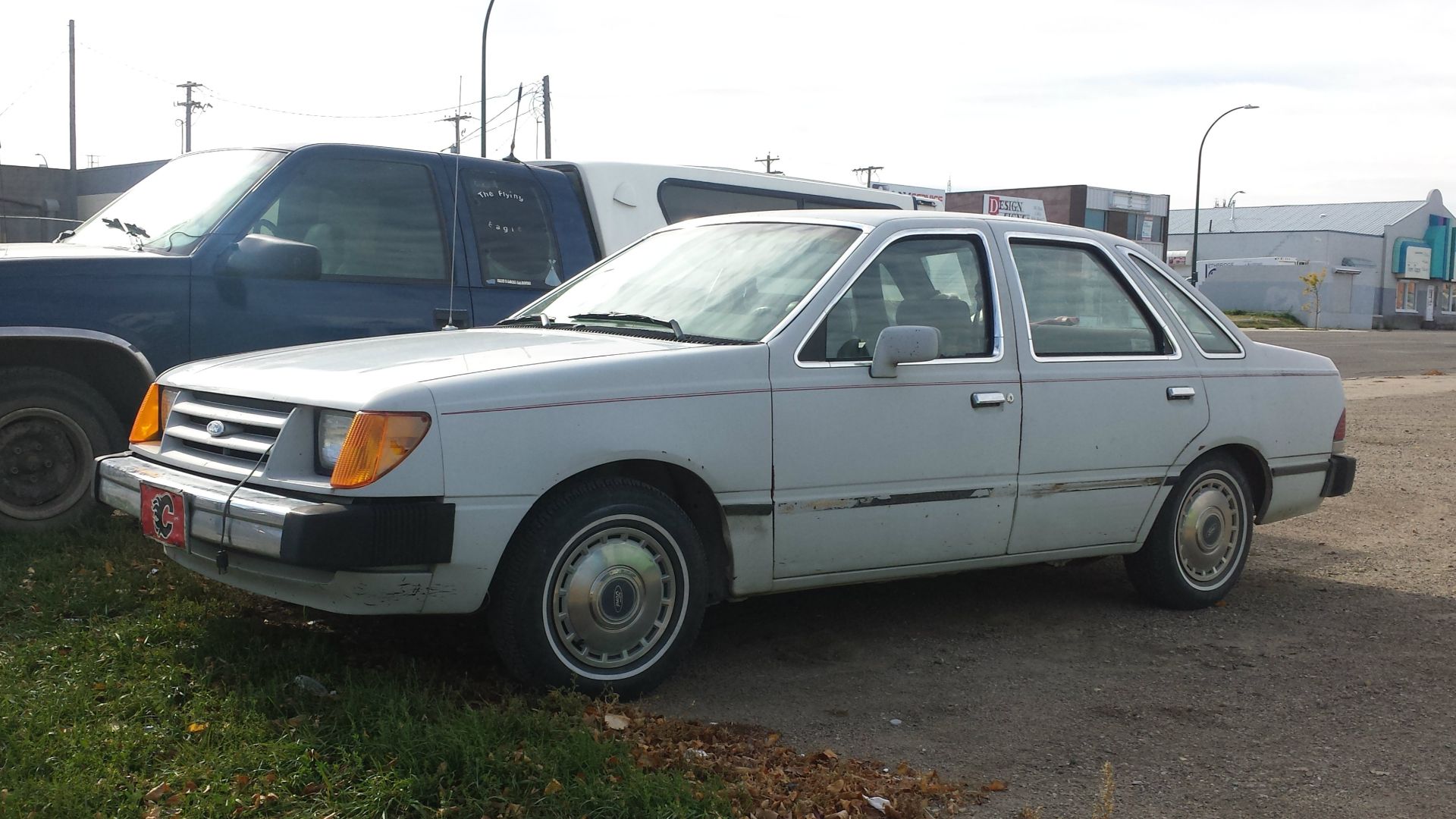Forgotten Champions Of The Road
Every car generation has its legends, and some quietly slip away despite once being everywhere. You might remember passing them on the road or even owning one yourself. They were reliable and wildly popular before disappearing from view. Curious which models once ruled the market? Let’s rewind and discover the best-sellers that earned their fame, faded from sight, and now deserve another moment of appreciation.
1. Oldsmobile Cutlass Supreme, 1966–1997
In the 1970s, the Cutlass Supreme ruled American roads with quiet confidence. It was polished and perfectly timed for drivers craving comfort and status. Winning Motor Trend’s 1976 “Car of the Year” proved its dominance, while police fleets quietly kept the model’s legacy alive.
2. Chevrolet Cavalier, 1982–2005
Affordable and easy to love, the Cavalier was everywhere in the ’80s and ’90s. From convertibles to wagons, it came in every flavor. Its surprising global reach included a stint in Japan as the Toyota Cavalier, showing just how universal its appeal truly was.
3. Buick LeSabre, 1959–2005
Few cars captured long-haul American comfort quite like the Buick LeSabre. It offered space and unmistakable class for decades. Inspired by GM’s futuristic Le Sabre concept, it became the dependable favorite of police units and families across countless highways and small towns.
4. Ford Taurus, 1986–2019
When the Taurus arrived in 1986, it shocked car buyers with its sleek, futuristic curves. Its aerodynamic design stood out in a sea of boxy sedans. Beyond looks, it changed Ford’s direction entirely—ushering in computer-aided design and front-wheel drive for the American family car market.
5. Mercury Sable, 1986–2009
The Sable made subtle sophistication its trademark. Sharing roots with the Ford Taurus, it brought its own style through the signature lightbar grille and flush glass that hinted at the future. Whether wagon or sedan, it carved its place in suburban driveways for years.
6. Pontiac Grand Am, 1973–2005
Pontiac wanted performance and luxury in one nameplate, and the Grand Am delivered both with flair. Its distinctive styling and “soft fascia” bumpers brought a new sense of safety and design. Even after two discontinuities, fans kept demanding its return, and Pontiac kept listening.
7. Saturn S-Series, 1991–2002
The S-Series marked Saturn’s bold debut and a fresh approach to car buying. It promised durability with dent-resistant panels and simple, upfront pricing. Built in Tennessee, it reflected a sense of American optimism—a car meant for people who valued honesty over showmanship.
8. Plymouth Voyager, 1984–2000
When families needed space and simplicity, the Plymouth Voyager arrived like a hero. As one of the first minivans, it revolutionized daily life with sliding doors and generous room. Sharing bones with the Dodge Caravan, it became a rolling symbol of practical adventure.
 order_242 from Chile on Wikimedia
order_242 from Chile on Wikimedia
9. Dodge Neon, 1995–2005
Cheerful and small yet surprisingly spirited, the Neon had an energy that matched its famous “Hi” commercials. Drivers loved its playful personality and zippy handling. Beneath that friendly face, it even found a second life on the track, where lightness meant unexpected speed.
10. Toyota Celica, 1971–2005
The Celica carried a sporty soul that appealed to dreamers. It evolved from rear-wheel thrills to front-wheel practicality, never losing its charm. Rally victories added a daring edge, while its name—meaning “heavenly”—captured the car’s almost ethereal mix of performance and beauty.
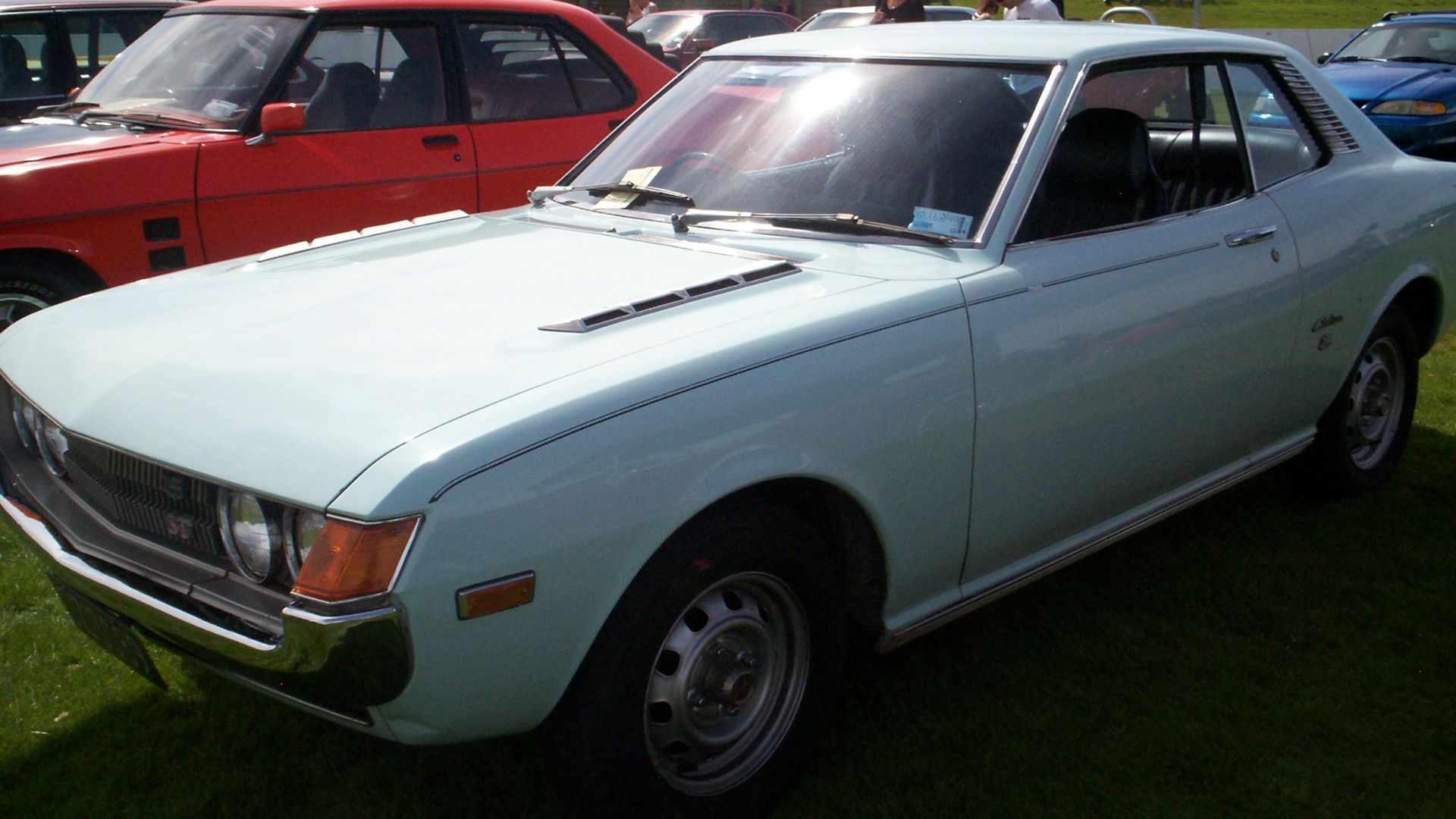 Riley from Christchurch, New Zealand on Wikimedia
Riley from Christchurch, New Zealand on Wikimedia
11. Honda Prelude, 1979–Present
Honda’s Prelude felt like a dance between engineering and emotion. Sleek lines and advanced tech like four-wheel steering gave it an edge. It stood apart with a sunroof standard on every model and signaled that driving pleasure didn’t always need to wear a luxury badge.
12. Mitsubishi Eclipse, 1990–2012
The Eclipse found fame as a compact sports car with attitude. Built through a joint venture with Chrysler, it also spawned the Eagle Talon and Plymouth Laser. Its spotlight moment came with The Fast And The Furious, where a neon-green Eclipse forever burned into pop-culture memory.
13. Oldsmobile Alero, 1999–2004
As Oldsmobile’s last new model, the Alero closed a century-long chapter with dignity. Sleek, confident lines made it feel modern for its time, and when the final Oldsmobile ever built rolled off the line in 2004, it happened to be an Alero—symbolic and bittersweet.
14. Geo Prizm, 1989–1997
Often overlooked, the Geo Prizm quietly mirrored the Toyota Corolla’s reliability. Built in California, it served as a bridge between Japanese quality and American branding. When Geo vanished, Chevrolet kept the Prizm alive for a bit longer and reminded drivers that good design transcends labels.
15. Chrysler PT Cruiser, 2001–2010
Retro and proud, the PT Cruiser stood out from every angle. Inspired by 1930s panel vans, it mixed nostalgia with practicality to give buyers something distinct. Its instant charm earned it the “North American Car of the Year” title in 2001.
16. Chevrolet Monte Carlo, 1970–2007
The Monte Carlo ruled the personal luxury scene with swagger from 1970 to 2007, often spotted burning rubber on NASCAR tracks. Every generation came with a V8 option, and its Italian-inspired name, “Mount Charles,” gave it an oddly elegant twist for such a powerhouse coupe.
17. Cadillac DeVille, 1959–2005
Luxury had a name, and for decades, it was DeVille. From 1949 to 2005, Cadillac’s top sedan embodied American elegance with plush interiors and powerful engines. Translating to “of the town,” the DeVille later pioneered front-wheel drive among full-size Cadillacs in 1967.
18. Suzuki Swift, 1983–Present
The Suzuki Swift zipped onto roads in 1983 and quickly gained a reputation for energy and reliability. Known as the Geo Metro or Chevrolet Sprint in North America, this subcompact found love worldwide and earned several “Car of the Year” honors across multiple regions.
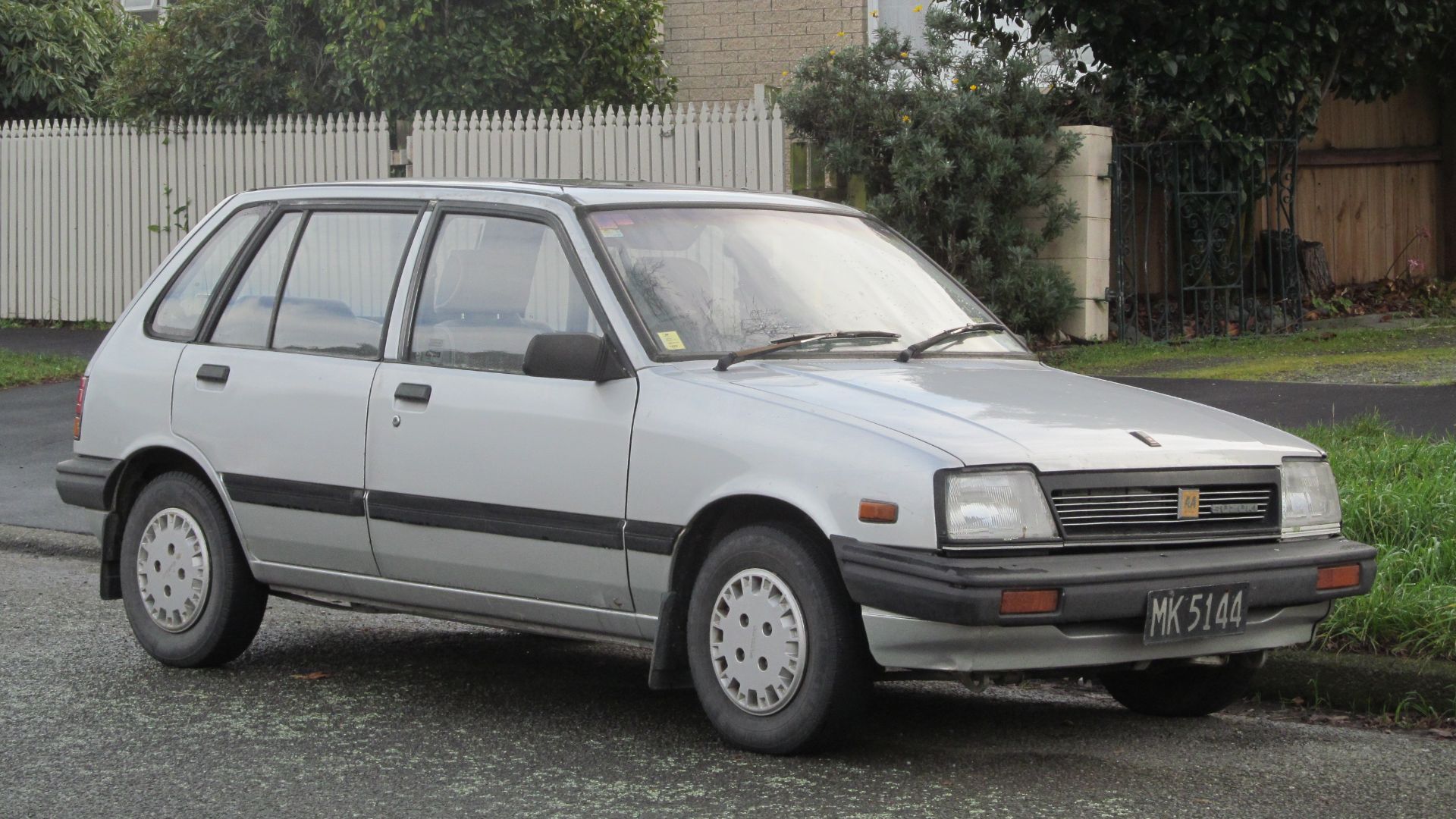 Riley from Christchurch, New Zealand on Wikimedia
Riley from Christchurch, New Zealand on Wikimedia
19. Jeep Cherokee (XJ), 1984–2001
A true off-road icon, the Jeep Cherokee XJ changed the game with its unibody design when it arrived in 1984. Light and surprisingly spacious, it became a favorite among adventurers, even serving military and police fleets across the globe with rugged reliability.
20. Ford Tempo, 1984–1994
Compact and aerodynamic, the Ford Tempo was Ford’s effort to modernize driving from 1984 to 1994. Offering optional all-wheel drive set it apart in its class, and Canadians knew it under a different badge, the Mercury Topaz, which added a touch of regional charm.




